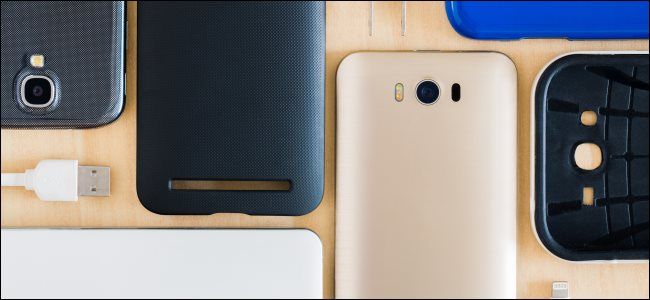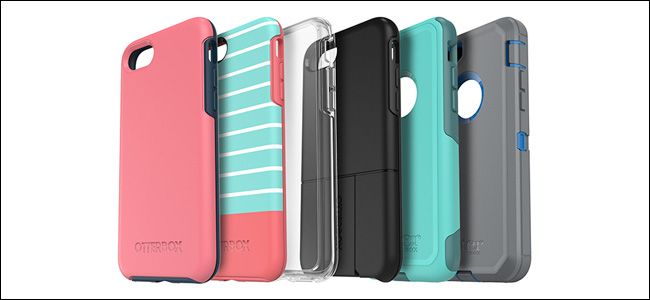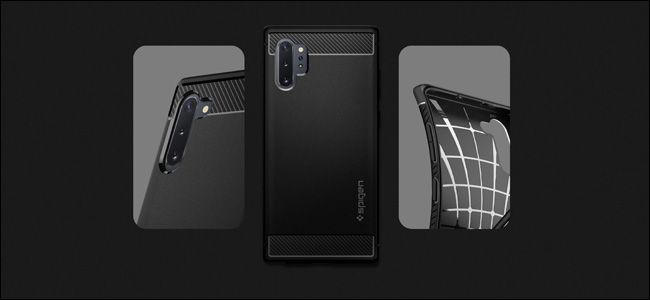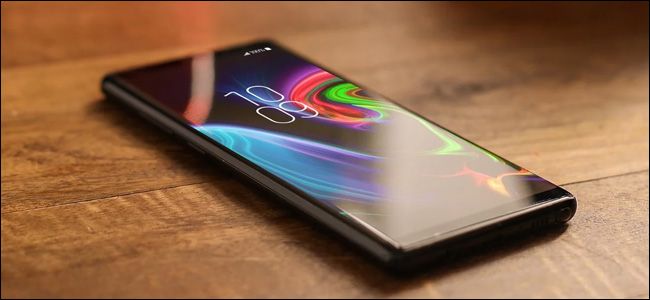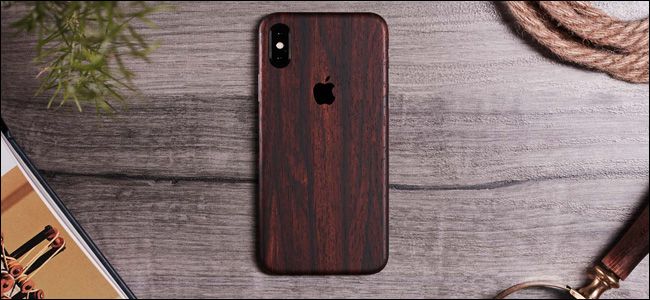Quick Links
Everyone has a mobile phone, but not everyone has the same level of protection on it. Here's a look at how phone cases, protectors, skins, and covers protect your device---and which you should buy.
The World of Mobile Phone Attachments
Given how much we all use our phones, it's not surprising they're prone to wear and tear. Scratching, dropping, or breaking a phone is quite common. This is why there are thousands of companies that make protective gear for your devices.
Here's a rundown of the various accessories you can buy to protect your phone from damage:
- Cases: A catch-all term for protective shells you attach to the back and sides of your device. These come in different designs, form factors, and materials, but they typically help mitigate any drop damage.
- Protectors: An additional layer of plastic or glass you put on top of your phone to prevent scratches. More robust screen protectors, like those made of tempered glass, can prevent a screen's glass from breaking after a bad fall.
- Skins: Also known as decals, these thin layers are available in various designs that change the look of your device's exterior. They don't offer much protection, but they do prevent any scratching on the surface of your device.
- Covers: These fulfill both the role of cases and protectors. Typically made of leather, they wrap around your phone. They protect the back and cover the front when you're not using the device. There are also wallet covers, which include flaps for money and credit cards.
Cases and Covers: All-Around Protection
If you're using a phone right now, there's a good chance you have a case on it. They come in various designs, materials, and degrees of protectiveness. They've become so common, a vast phone case industry has sprung up over the last few years.
Here are a few reasons why it's a good idea to use a phone case:
- Grip: The backs of many premium phones are made of glass or smooth plastic, so they aren't that easy or comfortable to grip. Most cases are designed to be grippy and comfortable in your hand. This makes your phone easier to use, and you're less likely to drop it.
- Drop resistance: If you're worried about breaking your phone's screen, it's always better to have a case. Some cases, like those from OtterBox and LifeProof, are made of thick, sturdy materials with particularly large side bumps. This means you can drop your phone from great heights without damaging it.
- Personalization: Like clothing, your phone case can show off your personality or sense of style. They've become a fashion statement, with many major media franchises and recognizable designers selling branded cases.
There are also many variations on the standard phone-case design. Bumpers, for example, have a minimalist design and are made of transparent materials. They're meant for those who want additional protection without compromising the phone's design.
There are also cases with built-in battery packs that extend the life of your phone by several hours. Some also have small kickstands to prop up your phone for hands-free video watching.
Screen Protectors: Preventing Scratches and Cracks
Unlike cases, screen protectors are solely meant to protect the front of your phone. They're a transparent layer of glass or plastic that goes on top of your phone screen.
Plastic screen protectors are unintrusive, transparent films that simply prevent scratching. They don't typically prevent a glass screen from cracking.
Tempered glass protectors, on the other hand, are thick and can stop your phone from being damaged after a hard fall. However, their large profiles might make them incompatible with some phone cases. You might also run into issues with touch screen responsiveness. This is especially true on devices with in-display fingerprint sensors---these tend to stop working entirely when a device has tempered glass on it.
Like cases, there are a few variations of screen protectors out there. Privacy screens, for example, reduce viewing angles to prevent others from seeing your device. There are also matte screen protectors, which reduce the glare from direct sunlight.
Skins: Mostly Decorative
Skins are for people who want to retain the original profile and footprint of their device, but still want to personalize its look. They're a thin layer you wrap around your phone to cover the exterior. Other than the screen and camera bump, skins usually cover the entire visible area of your device.
Other than preventing scratches on the back and sides, though, these offer very little protection for your phone.
Most companies offer customizable designs you can order for different devices. This means your phone, laptop, and earbud case can all have the same look.
Which One Should You Buy?
Which of these you should buy depends on how much protection you want for your phone.
A decent case is a good choice for most people. If you drop your phone a lot, you can't go wrong with a sturdy case along with a tempered glass screen protector.
On the other hand, if you want to maintain the original look of your phone, but still want protection, look into a transparent case or minimalist bumper. There are also phone skins and plastic protectors for those who want to personalize their devices and prevent scratches.
You should be aware you might run into some compatibility issues. Most thick, heavy-duty cases will not fit your phone if you have a glass screen protector installed. And, of course, the availability of cases can vary significantly between devices. The more popular your phone, the more options you'll likely find for it.

